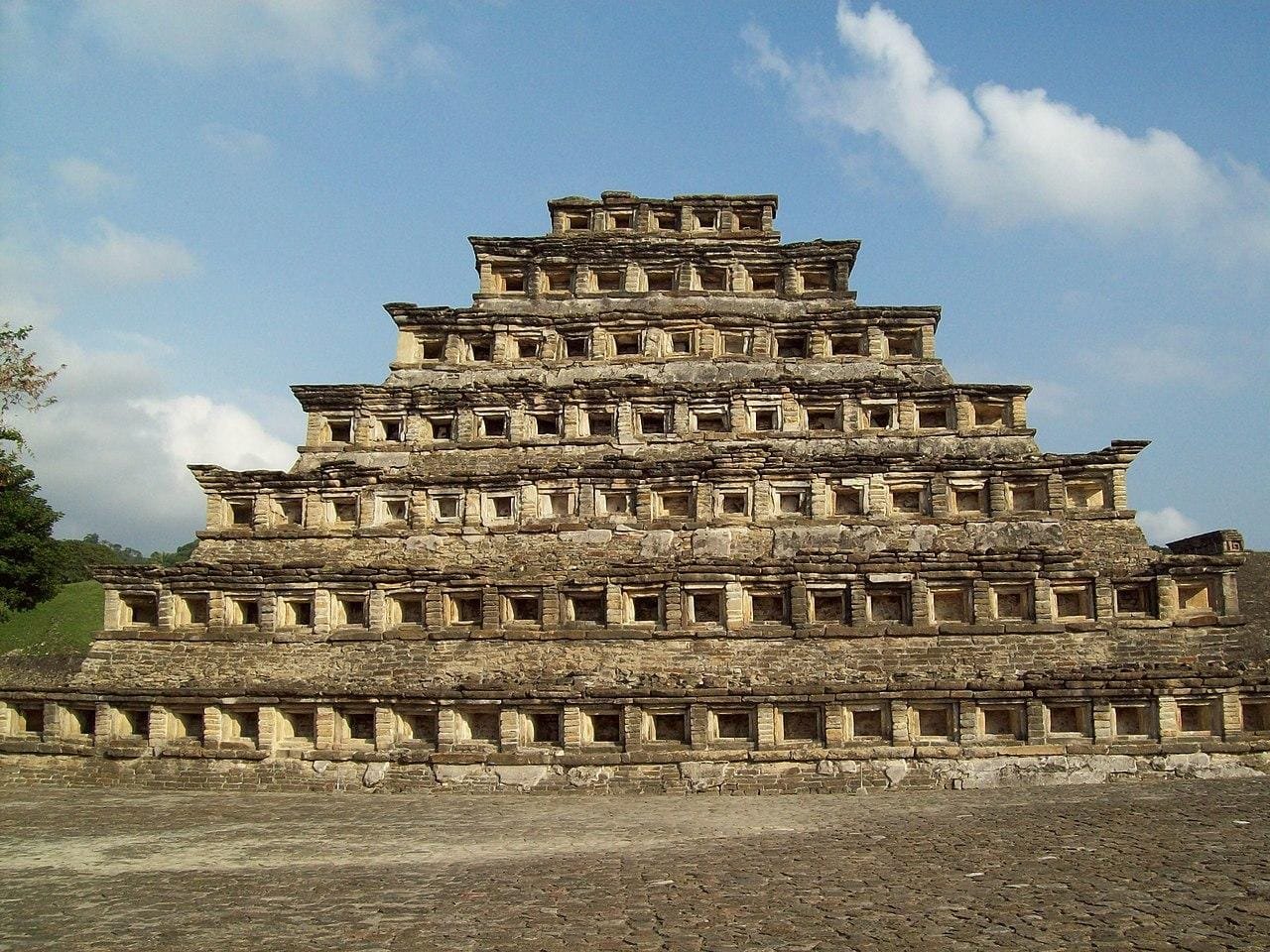Archaeological research at Tetelictic in Mexico’s State of Puebla has revealed the historical importance of this ancient site as a major ceremonial complex with astronomical alignments.
 Ruins at El Tajín. Credit: Horacio Fernandez (CC BY 3.0)
Ruins at El Tajín. Credit: Horacio Fernandez (CC BY 3.0)
Located in the municipality of Teteles de Ávila Castillo, Tetelictic was first reported in 1939 by Vicente Lombardo Toledano but only began systematic excavation in 2014, led by the National Insтιтute of Anthropology and History (INAH), in collaboration with local government and organizations.
Recent findings underscore Tetelictic’s role as a sophisticated observatory dating back to the Late Formative period, between 200 BCE and 100 CE, with evidence that it was intermittently occupied until the Epiclassic period (CE 650-900). Tetelictic’s architecture reflects an advanced understanding of astronomy, with its main pyramidal structures seemingly aligned with celestial events.
Structure 1, the largest pyramid, aligns with the February rise of Canopus, the second brightest star in the night sky, marking the start of the Mesoamerican calendar. According to archaeologist Alberto Diez Barroso Repizo, the pyramid’s alignment may indicate a symbolic link to the Nahua goddess Nantehuitz, also known as “our mother of the south,” reinforcing the site’s potential spiritual and agricultural significance.
The findings have also revealed connections to the Totonac culture, a civilization that later developed prominent centers such as El Tajín and Yohualichán. In an excavation at Structure 2, a well containing ceremonial offerings, including charcoal, pottery, and a palm sculpture symbolizing a snake, was uncovered.
According to INAH: “The architectural style of the ceremonial center links it to the Huasteca region. This, combined with its later transformation into a site of pilgrimage and veneration, “leads us to hypothesize that the original inhabitants of Tetelictic were ancestors of the Totonac groups that later formed in Yohualichan (Cuetzalan, Puebla) and El Tajín (Veracruz).”
Efforts to protect and eventually open Tetelictic as a public archaeological zone are underway, with ongoing conservation aimed at preserving its structures, including at least 16 mounds that make up the ceremonial center.
More information: INAH





